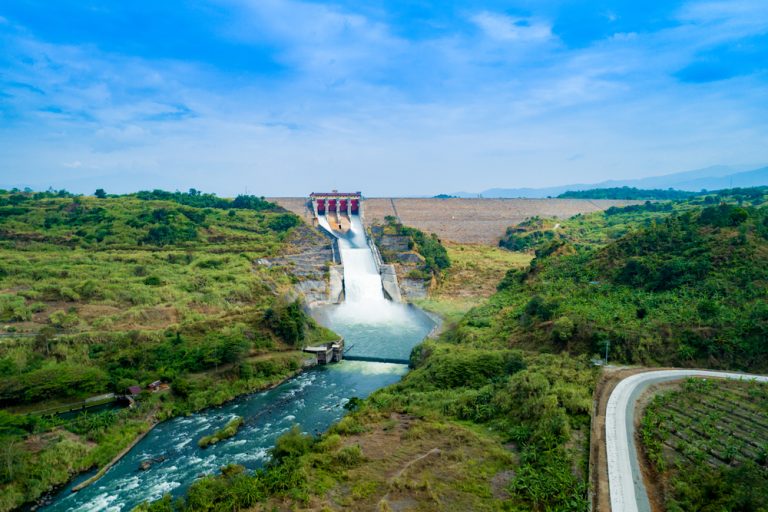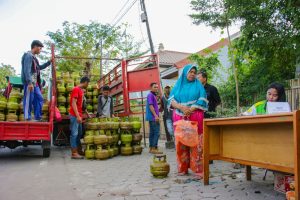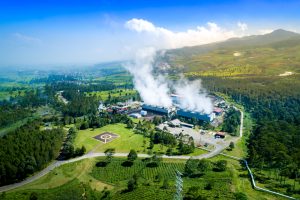
Jakarta – The warming of the earth’s temperature due to climate change will bring major changes and cause many environmental problems, including management of Jatigede Reservoir. A study of the Jatigede Reservoir in relation to the impact of climate change, in general the reservoir inflow until 2045 is projected to experience a downward trend and last longer during the dry season, officials said Monday (6/6).
Director of Dams and Lakes, Directorate General of Water Resources, Ministry of Public Works and Public Housing, Airlangga Mardjono said in a written release, that the second largest reservoir in Indonesia has a capacity of about 2 billion cubic meters and functions to supply 3.5 m3 of raw water.
“The Jatigede Reservoir supplies water to an irrigation network covering an area of 90,000 hectares and a power plant of 110 MW, as well as controlling flooding in an area of 14,000 hectares downstream,” said the Indonesian National Committee for Large Dams (KNIBB) in the International Commission On Large Dams (ICOLD) Congress on 1-3 June 2022 in Marseille, France.
At the congress, a number of Indonesian delegates were actively involved as speakers on the construction and management of dams and their relation to climate change issues. The speakers were the Chair of the Indonesian National Committee on Large Dams (INACOLD), and other institutions.
Furthermore, the simulation carried out during the rainy season and normal conditions for the reservoir located in Sumedang Regency, West Java, showed no significant impact. However, during the dry season it will disrupt irrigation and reduce reservoir level and energy generation.
“The analysis of the impact of climate change on the Jatigede reservoir inflow uses the 7 General Circulation Model (GCM) approach and the Representative Concentration (RCP) 8.5 scenario based on the 2013 Intergovernmental Panel on Climate Change (IPCC),” explained Airlangga.
The time period used as the baseline is 1981-2005, while the projection period is 2006-2045.
At the 2022 ICOLD Congress, another speaker from the Faculty of Engineering, University of Indonesia, Evi Anggraheni, explained the effect of climate change on dam sedimentation in the Volcanic Influenced Watershed (DAS), with case studies on the Serayu watershed and. Meanwhile, from Perum Jasa Tirta II Reni Mayasari conveyed the impact of climate change on the management of 3 large reservoirs on the Citarum River, namely Saguling Reservoir (1985), Cirata Reservoir (1988), and Djuanda Reservoir (1967). To reduce the impact of climate change, it is necessary to strengthen the management of the three reservoirs.
In another session, a speaker from the Dam Engineering Center, Directorate General of Water Resources Aris Rinaldi said that soil lucht monitoring in the evaluation of dam safety is an important part of dam management and maintenance. (Hartatik)
Banner photo: Aerial view of Jatigede Dam (Akhmad Dody Firmansyah/shutterstock.com)















